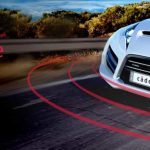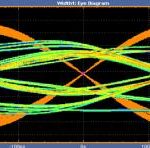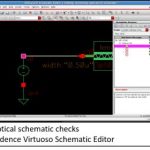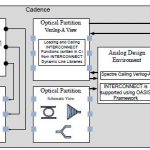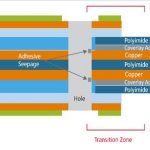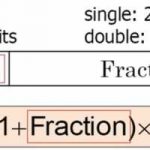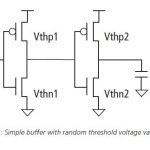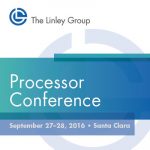One of the more telling trends in the semiconductor industry is the “fabless systems companies” transformation. Systems companies that used to buy chips are now making their own to better control the system they are designing: from the chip, package, PCB, the complete system. Apple is the best example as they are now one of the most… Read More
Protium for the win in software development
Cadence Design Systems is a long-standing provider in hardware emulation, but a relative newcomer to FPGA-based prototyping. In an upcoming lunch and learn session on November 11 in San Jose, Cadence teams will be outlining their productivity strategy. What’s different with their approach and why is this worth a lunch?… Read More
Emergence of Segment-Specific DDRn Memory Controller
The semiconductor industry is served today by memory devices supporting various protocols, like DDR4, DDR3, LPDDR4, LPDDR3, GDDR5, HBM, HMC, etc. The trend is clearly to define application specific memory-protocols and in some cases, application specific devices. But developing many, and different, memory controllers … Read More
Fabless Photonic Design Flow Takes Shape as Cadence teams up with Lumerical and PhoeniX
This week Cadence Design, Lumerical Solutions and PhoeniX Software hosted a two-day photonic summit and workshop. The first day had nearly 100 registered participants and featured industry leaders from Global Foundries, UCSB, MIT, Hewlett Packard Enterprise, General Electric, Boeing, Rockley Photonics, and Juniper Networks… Read More
The Fabless Empire Strikes Back, Global Foundries and Cadence make moves into Integrated Photonics!
In August I wrote an article proclaiming Score 1 for IDMs vs Fabless and discussedIntel’sannouncement of volume production of their 100G PSM4 and 100G CWDM4 transceiver products.
This week the Fabless Empire strikes back.Daniel Nenni and I attended a two-day Photonic Summit and workshop hosted by Cadence Design, PhoeniX Software… Read More
You’re Going to Want to Attend the Cadence Photonics Summit Workshop, October 19-20
Photonics IC’s (PIC’s) are used to transmit and receive data through a (single-mode or multi-mode) optical fiber carrier, and provide the requisite electro-optical conversion for system integration. The architecture of the PIC spans the full characteristics of data transmission and reception:
- light generation
Typically,… Read More
"Rigid-Flex Design is Coming"
Printed circuit boards that incorporate a combination of traditional PCB technology with flexible substrates, aka rigid-flex designs, have enabled an increasing variety of product designs, that leverage the unique physical form factor and lightweight options that rigid-flex technology offers. Yet, this technology requires… Read More
Cadence DSPs float for efficiency in complex apps
Floating-point computation has been a staple of mainframe, minicomputer, supercomputer, workstation, and PC platforms for decades. Almost all modern microprocessor IP supports the IEEE 754 floating-point standard. Embedded design, for reasons of power and area and thereby cost, often eschews floating-point hardware… Read More
Solutions for Variation Analysis at 16nm and Beyond
Variation is still the tough nut to crack for advanced process nodes. The familiar refrain of lower operating voltages and higher performance requirements make process variation an extremely important design consideration. As far back as the early 2000’s design teams have been looking for a better approach to model variation… Read More
Next Book Signing: Linley Processor Conference 2016!
It is a busy month for book signings but it is a pleasure to do it for the greater good of the semiconductor industry. It really is an honor to meet the people who keep our electronic devices on the leading edge of technology, absolutely.
The Linley Processor Conference is on September 27[SUP]th[/SUP]and 28[SUP]th[/SUP] at the Hyatt… Read More

